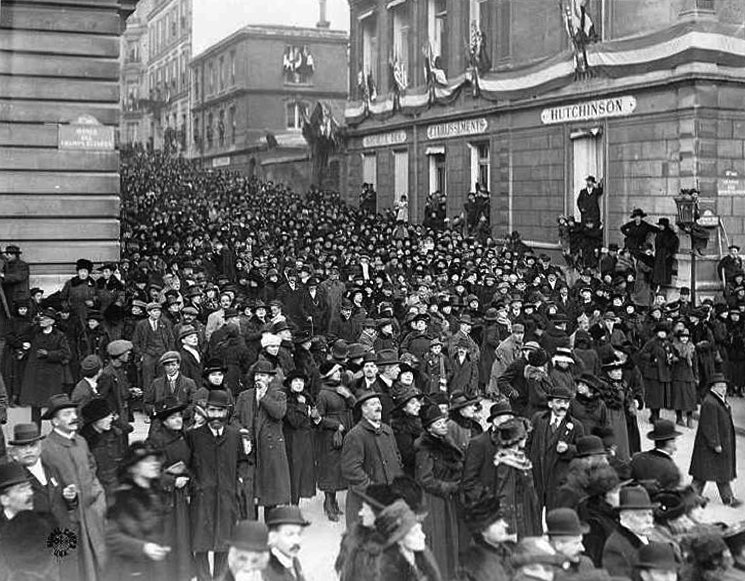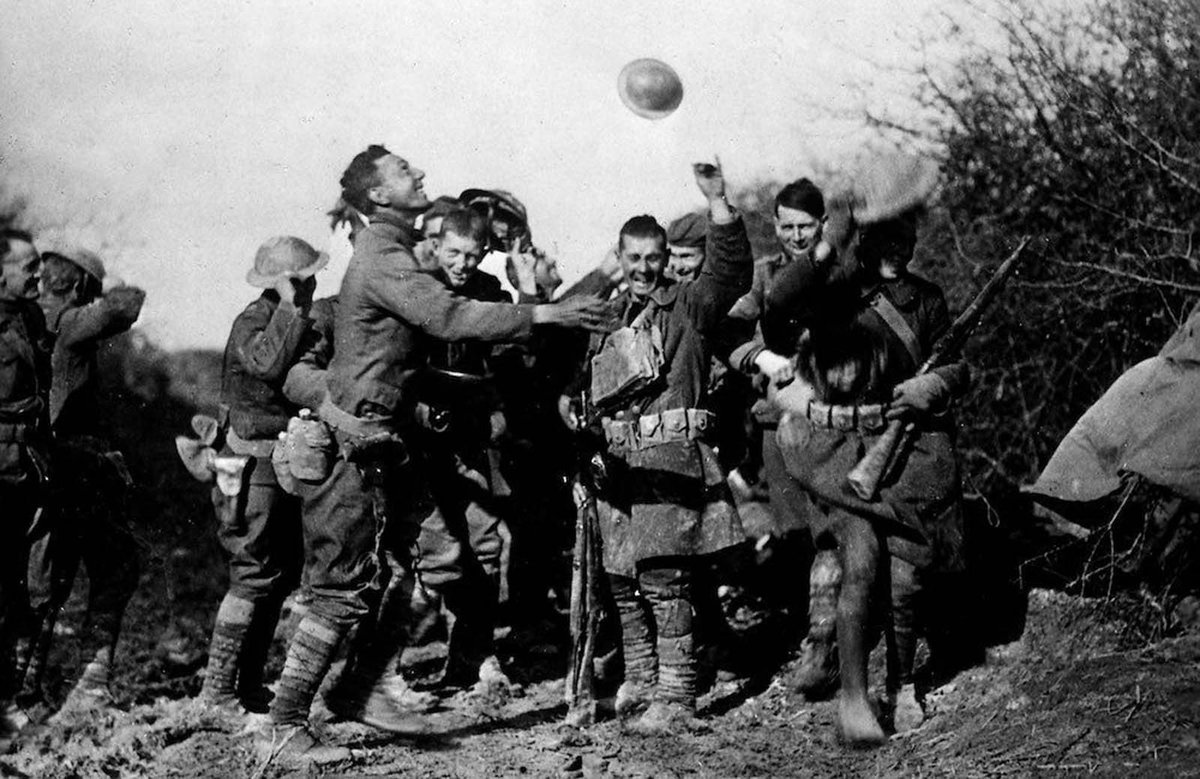Richard Freiherr von Krafft-Ebing (1840–1902) was an Austro-German psychiatrist. He published extensively on hypnosis, criminology, and sexual behavior. He is famous for his book Psychopathia Sexualis (1886), a study of “sexual perversity,” and for his coinage of the terms 

“sadism” (after the name of Marquis de Sade) and “masochism” (using the name of a contemporary writer, Leopold von Sacher-Masoch, whose partially autobiographical novel Venus in Furs tells of the protagonist's desire to be whipped and enslaved by a beautiful woman). 



Krafft-Ebing was both praised and condemned for his work—praised for opening up a new area of psychological study, condemned for immorality and for justifying and publicizing homosexuality. 



His work, although not necessarily intentionally, laid the foundation for the “Sexual Revolution” of the later twentieth century in which sexual abstinence and the sanctity of marriage were no longer valued and promiscuity and homosexuality became popularized. 

The photographs featured here are part of Krafft-Ebing’s personal collection. It is unknown where they came from or who the people featured in the photographs are, although, at least the first two photographs appear to be unusual specimens of the “French postcard” which was 

so popular in the late-19th century. One assumes the photographs are linked to Krafft-Ebing’s studies, but as for how or where they were produced and procured is a mystery. 

• • •
Missing some Tweet in this thread? You can try to
force a refresh
















































